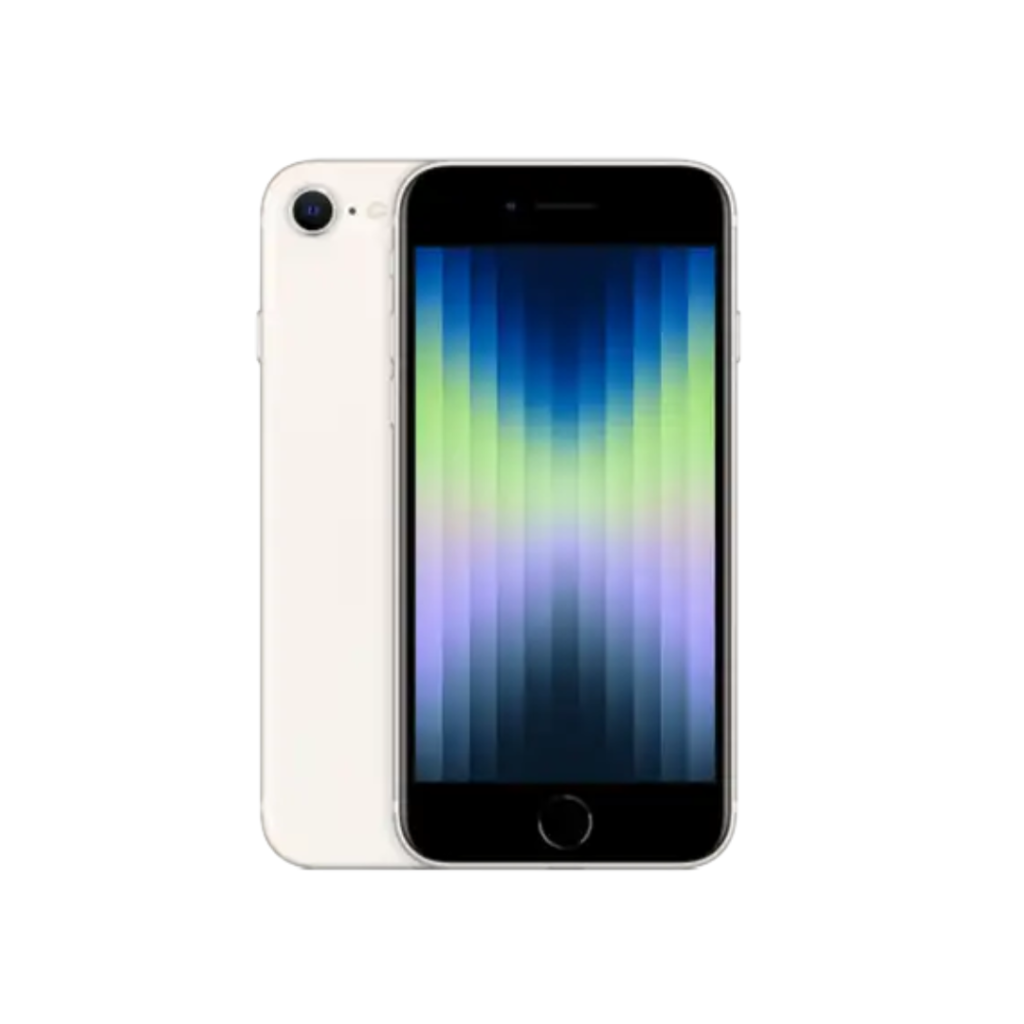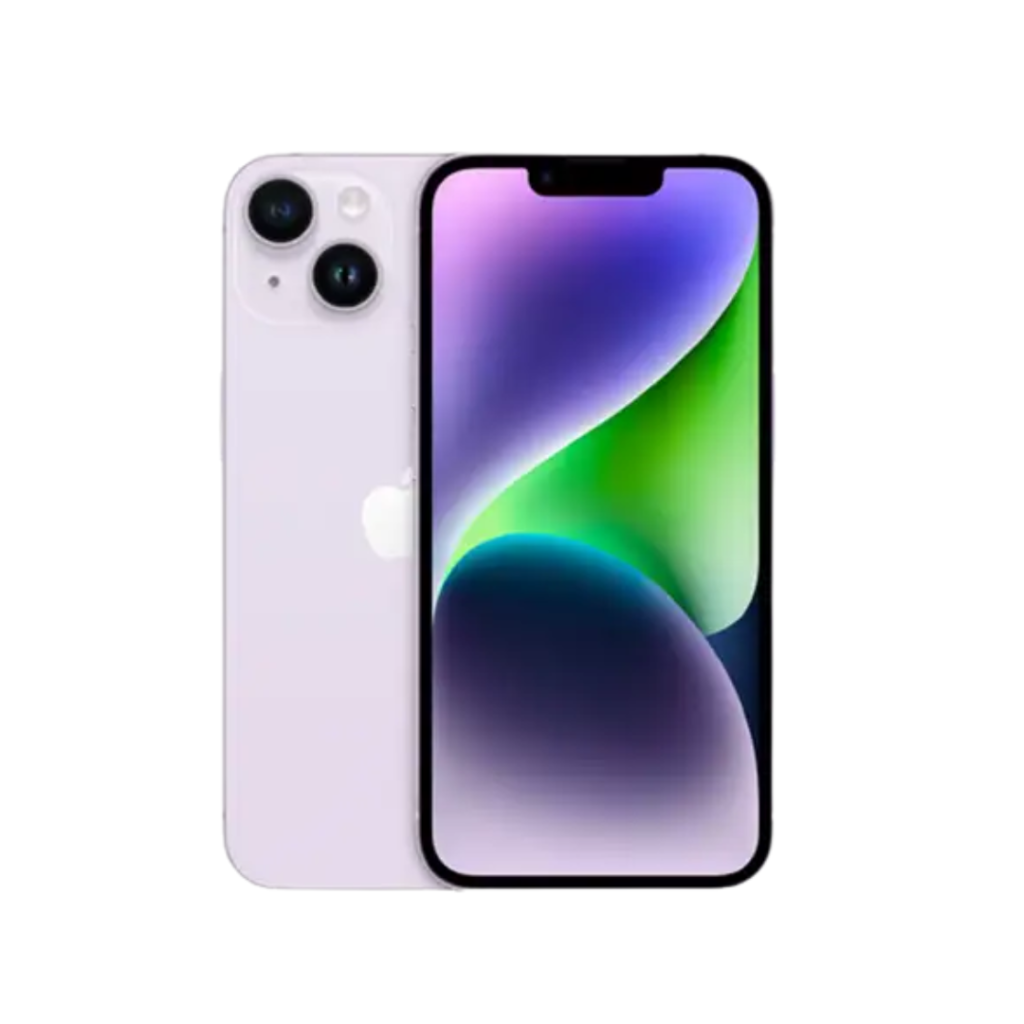The Original iPhone (2007)

The first iPhone was introduced by Apple Inc. CEO Steve Jobs on January 9, 2007, at the Macworld convention in San Francisco. It was a revolutionary device that combined the capabilities of a touchscreen mobile phone, an iPod, a camera, and a web browser, among other features.
At the time, smartphones were not as prevalent as they are today, and the iPhone’s introduction marked a turning point in the history of technology and communication.
The device’s sleek design and intuitive interface set a new standard for what a smartphone could be, and it quickly established itself as one of the most popular and influential devices of all time.
The first iPhone featured a 3.5-inch display with a resolution of 320×480 pixels, and it was powered by a 412 MHz ARM 11 processor and 128 MB of RAM.
It also had a 2-megapixel camera and could store up to 4GB or 8GB of data.
The device ran on Apple’s new iOS operating system, which was designed specifically for the iPhone and offered a new level of user experience.
The device was met with huge hype and anticipation, and when it went on sale in the United States on June 29, 2007, thousands of customers lined up at Apple stores to be among the first to purchase one.
Its popularity was further cemented when Time magazine named the iPhone its invention of the year in November 2007.
iPhone Models Evolution Timeline 2007-2023
Since the release of the first iPhone in 2007, Apple has consistently released new models and updates to the device. Each new generation of the iPhone has brought new features, design changes and improvements in performance, camera and battery life.
As of November 1, 2018, more than 2.2 billion iPhones had been sold, making it one of the most successful consumer electronics devices in history. This number has continued to grow, as of 2022, it has reached over 2.5 billion. ( Source Wikipedia)
The iPhone has also had a significant impact on the smartphone industry, with its sleek design, intuitive interface, and advanced features setting a new standard for what a smartphone could be. As of 2022, the iPhone accounts for 15.6% of global smartphone market share, making it one of the most popular and widely used smartphones in the world.
Throughout the years, Apple has continued to innovate and improve the iPhone with each new release, making it an essential device for millions of people around the world. With the release of each new iPhone, Apple has also released updates to its iOS operating system, providing new features and improvements to the device’s performance and user experience.

2007: The first iPhone is released with a touch screen interface, an iPod, camera and web browsing capabilities, among other features.
2008: Apple launches the App Store, which allows users to download software applications for games, social networking, travel planning and more.
2010: The iPhone 4 is released with a high-resolution Retina display, front-facing camera, and FaceTime video calling.
2011: The iPhone 4s is released with Siri, a virtual personal assistant.
2012: The iPhone 5 is released with a larger 4-inch display, faster processor and 4G LTE capabilities.
2013: The iPhone 5s and 5c are released, with the 5s featuring a fingerprint sensor and improved camera.
2014: The iPhone 6 and 6 Plus are released with larger displays, faster processors and improved cameras.
iPhone Release in 2015
2015: The iPhone 6s and 6s Plus are released with 3D Touch technology and a 12-megapixel camera.
iPhone Release in 2016
2016: The iPhone 7 and 7 Plus are released with a water-resistant design, improved cameras and the removal of the headphone jack.
iPhone Release in 2017
2017: The iPhone 8 and 8 Plus are released with a glass back, wireless charging and an improved A11 Bionic chip.
iPhone Release in 2018
2018: The iPhone XR, XS and XS Max are released with an edge-to-edge display, Face ID, and a new A12 Bionic chip.
iPhone Release in 2019
2019: The iPhone 11, 11 Pro and 11 Pro Max are released with improved cameras, a faster A13 Bionic chip and improved battery life.

iPhone Release in 2020
The iPhone SE (2nd generation) is released as an affordable model, iPhone 12, 12 Mini, 12 Pro, 12 Pro Max are released with 5G capabilities, improved cameras, and a new A14 Bionic chip.



iPhone Release in 2021
2021: The iPhone 13, 13 Mini, 13 Pro, and 13 Pro Max are released with a ProMotion display, Ceramic Shield front cover and A15 Bionic chip.
In September 2021, Apple released the iPhone 13 lineup, which consisted of four models: iPhone 13, iPhone 13 Mini, iPhone 13 Pro, and iPhone 13 Pro Max. These models brought several improvements and new features, including:
ProMotion Display: Available on the iPhone 13 Pro and 13 Pro Max models, the ProMotion display offers a 120Hz refresh rate, which results in smoother scrolling, more responsive touch input, and an overall improved visual experience.
Ceramic Shield Front Cover: The Ceramic Shield front cover is a durable glass material used in all iPhone 13 models. It is designed to provide improved drop protection and increased scratch resistance compared to previous iPhone models.
A15 Bionic Chip: The A15 Bionic chip is an advanced processor powering all iPhone 13 models. It is built on a 5nm process, offering better performance and energy efficiency than its predecessor, the A14 Bionic chip. The A15 Bionic has a 6-core CPU, with two high-performance cores and four high-efficiency cores, as well as a 4-core GPU in the iPhone 13 and 13 Mini, and a 5-core GPU in the iPhone 13 Pro and 13 Pro Max.
Other notable features of the iPhone 13 lineup include improved camera systems, better battery life, smaller notches, and up to 1TB of storage on the iPhone 13 Pro and 13 Pro Max models. The iPhone 13 and 13 Mini were available in three storage capacities (128GB, 256GB, and 512GB), while the iPhone 13 Pro and 13 Pro Max were available in four storage capacities (128GB, 256GB, 512GB, and 1TB).




iPhone Release in 2022
2022: The iPhone 14 models were announced on September 7, 2022, featuring a new design with a larger display, improved cameras, and the latest A16 Bionic chip. The iPhone 14 and iPhone 14 Plus models feature a dual-camera system and improved battery life, while the iPhone 14 Pro and iPhone 14 Pro Max models feature a triple-camera system and advanced features such as ProRes video recording and LiDAR scanner.




iPhone Timeline, Generations,Models & Evalution based FAQs
The iPhone releases can be traced back to 2007 with the introduction of the first iPhone. Here is a comprehensive timeline of iPhone releases:
2007: iPhone
2008: iPhone 3G
2009: iPhone 3GS
2010: iPhone 4
2011: iPhone 4S
2012: iPhone 5
2013: iPhone 5s and iPhone 5c
2014: iPhone 6 and iPhone 6 Plus
2015: iPhone 6s and iPhone 6s Plus
2016: iPhone SE and iPhone 7 and iPhone 7 Plus
2017: iPhone 8, iPhone 8 Plus, and iPhone X
2018: iPhone XR, iPhone XS, and iPhone XS Max
2019: iPhone 11, iPhone 11 Pro, and iPhone 11 Pro Max
2020: iPhone SE (2nd generation), iPhone 12 Mini, iPhone 12, iPhone 12 Pro, and iPhone 12 Pro Max
2021: iPhone 13 Mini, iPhone 13, iPhone 13 Pro, and iPhone 13 Pro Max
2022: iPhone 14 series: iPhone 14 and iPhone 14 Plus, iPhone 14 Pro and iPhone 14 Pro Max
The design of iPhones has evolved significantly since the first release in 2007. Initially, iPhones featured a smaller display, thicker body, and rounded edges. With the release of the iPhone 4, Apple introduced a sleeker design with a flat, stainless steel frame. The trend continued with larger displays and slimmer profiles. With the iPhone X, Apple introduced a nearly bezel-less display and a notch for the front-facing camera and Face ID system.
Each generation of the iPhone has introduced new features and improvements. Some of the key advancements include:
iPhone 3G: 3G connectivity and the App Store
iPhone 3GS: Improved performance and camera
iPhone 4: Retina display and front-facing camera
iPhone 4S: Siri and improved camera
iPhone 5: Larger display and Lightning connector
iPhone 5s: Touch ID and 64-bit processor
iPhone 6 and 6 Plus: Larger displays and Apple Pay
iPhone 6s and 6s Plus: 3D Touch and improved camera
iPhone SE: Smaller form factor with modern internals
iPhone 7 and 7 Plus: Water resistance and dual-lens camera (7 Plus)
iPhone 8 and 8 Plus: Wireless charging and improved performance
iPhone X: OLED display, Face ID, and new design
iPhone XR, XS, and XS Max: Advanced Face ID and improved performance
iPhone 11 series: Ultra-wide camera and improved battery life
iPhone SE (2nd generation): Affordable price with modern internals
iPhone 12 series: 5G connectivity, OLED displays, and MagSafe
iPhone 13 series: Smaller notch, ProMotion display (Pro models), and improved battery life
Each iPhone model has distinctive design features that can help in identifying them. For instance, the original iPhone has a silver back with black accents, while the iPhone 3G and 3GS have a curved plastic back